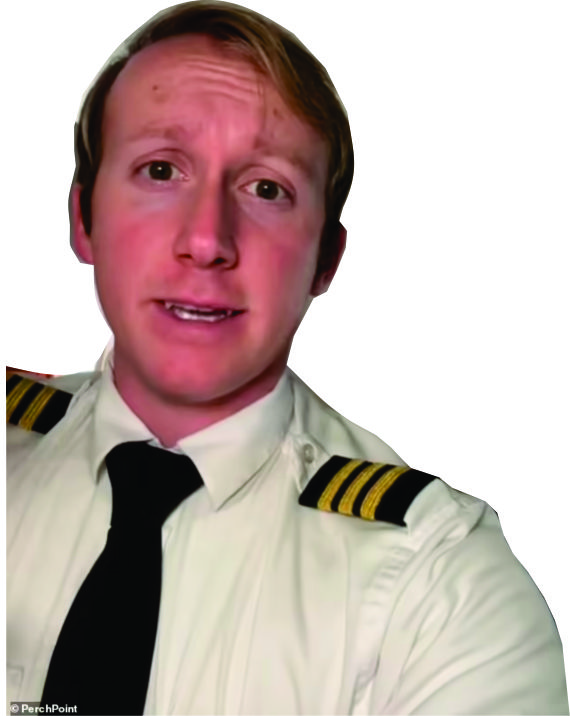
Frequent flyers are familiar with the routine: buckle up, listen to the safety demonstration, and switch your smartphone to Airplane Mode. While many passengers comply out of habit, few understand the real reason behind the request—and no, it’s not about the plane falling out of the sky.

A commercial pilot, who shares insights on TikTok under the username @PerchPoint, has clarified the issue, debunking myths and explaining the practical rationale. According to him, the primary reason for enabling Airplane Mode is to prevent interference with pilots’ headsets during communication with air traffic control.
In his video, the pilot stressed, “It’s not a conspiracy. It’s not about the plane crashing. But it can cause disruptions that sound like an annoying buzz in our headsets, especially during critical communications with ground control or satellite towers.”
While these disruptions won’t compromise the safety of the aircraft, they can be distracting when pilots are receiving vital information such as coordinates or landing instructions.
Since 1991, passengers have been required to turn off cellular functions during flights, initially due to concerns about interference with aircraft systems. Over time, advancements in aviation technology have reduced these risks, but the Federal Communications Commission (FCC) and Federal Aviation Administration (FAA) still enforce the rule to mitigate potential issues.
The introduction of 5G networks has further heightened caution. 5G operates on frequencies close to those used by aviation navigation systems near airports, which could theoretically disrupt tools pilots rely on for landing in poor visibility.
Tamara Vallois, head of communications at Wizz Air, told Condé Nast Traveler that even though phones are out of range of cell towers during flights, they continue to emit electrical signals in search of a connection. By enabling Airplane Mode, these signals are disabled, minimizing the risk of interference.
The pilot noted that interference depends on several factors, including the passenger’s proximity to the cockpit, the phone provider, and whether the device is actively attempting to make or receive calls. Passengers seated closer to the cockpit pose a slightly higher risk of causing disruptions.
“Phones not on Airplane Mode and interfering with radios is something that happens under the right circumstances,” he said. “While it’s not a common occurrence, airlines want to mitigate the risk by requiring all passengers to use Airplane Mode.”
In one instance, the pilot recalled hearing a persistent buzz in his headset during a flight while awaiting clearance instructions. “It wasn’t catastrophic, but it was definitely annoying when trying to copy down directions,” he said.
Dai Whittingham, chief executive of the UK Flight Safety Committee, explained to the BBC that the original concerns about cell phones interfering with flight control systems stemmed from a lack of data. “What has been found with experience is the risk of interference is very small. The recommendation has always been that once you are in flight, devices should be in Airplane Mode.”
Additionally, wireless networks are designed to connect to a series of towers on the ground. If passengers used cellular services mid-flight, it could overload these networks, particularly in areas with high air traffic.
While the likelihood of serious interference is low, enabling Airplane Mode ensures smooth communication between the cockpit and air traffic control. It’s a small but meaningful step passengers can take to support the crew.
So, the next time you board a flight, remember that switching your phone to Airplane Mode isn’t just a formality—it’s about reducing distractions for pilots and ensuring a seamless journey for everyone onboard.




